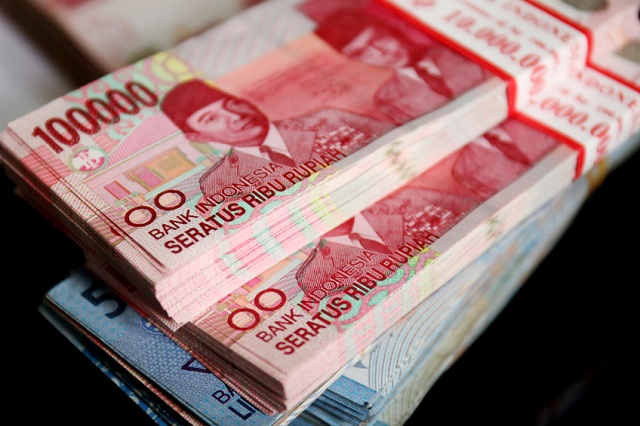“Indonesian companies generate a very high rate of return in terms of equities, and bank margin is one of the highest in the ASEAN region as well,” Lim told FSA.
“It has a lot of resilience. Last year, [during] currency weakness, some of these corporates were able to stay in positive earnings even though the macro environment was very challenging. There are many strong companies and they are still growing, while headwinds are abating,” he said.
This year, the stablisation of the currency is a catalyst and the Central Bank of Indonesia has cut interest rates three times. “If the currency strength is sustainable, the headwind on the weak sentiment is behind us.”
Lim said within the region, the Indonesian rupiah and Malaysian ringgit have been “very oversold” and they are close to their levels during the Asian financial crisis in 1997-1998.
“When you look at the fundamentals, we are a lot better than those dates.”
Government infrastructure projects, including the $5bn high-speed railway connecting Jakata and Bandung, were rolled out last year.
“If you look at some metrics, logistic costs in Indonesia comprise nearly 25% of GDP, which is very high, and this means their infrastructure quality is really low. Indonesian President Joko Widodo has strong determination to aggressively tackle this situation. He wants to build power plants, ports and toll roads.”
However, there are doubts about whether the government can follow through on promised reforms. “Progress is slow,” Lim said, adding that tax collection this year is still behind target.
Corporates with US-dollar denominated debt and local currency revenues are also at higher risk for default if the US carries out the expected interest rate hikes this year.
In 2013, when the US Federal Reserve announced tapering of its asset-buying policy, Indonesia was marked as one of the “fragile five” economies. It saw massive capital outflows and its currency plunged.
The Singapore struggle
In the rest of ASEAN, Lim said Thailand and the Philippines have promise. Thailand has a lot of companies that can deliver strong growth, even though the macro is very weak, he said. “Many companies’ earnings grow at 20% each year. We can find a lot of bottom-up ideas.”
But the political issues in Thailand will remain a concern for investors. Following a coup in 2014, the country has been ruled by the military.
In the Philippines he cited the young English-speaking population and comparatively strong GDP growth as plusses, though he looks at the country on a long-term basis.
Lim was less constructive on Singapore and Malaysia. He believes the growth prospect of companies in these countries are not as robust as their counterparts in the Philippines and Indonesia.
“Singapore is a developed market and we struggle to find interesting ideas. It is an open economy, so when global trade is not high, its GDP growth is lackluster.
“For Malaysia, the outlook is clouded by oil prices, as it is a major oil and gas producer is the region. That’s why the currency fell last year. At the moment, the economy is soft and confidence is weak.”
Portfolio tweaks
In the last six-12 months, Lim added some consumer names in the Philippines. He believes the sector is likely to see a boost due to the presidential election. “Every time there is an election, consumers tend to spend more and [that results in] some pick up in same-store activities.”
He has also been adding healthcare companies in Malaysia, Thailand and Indonesia due to good long-term prospects.
On the other hand, he has reduced financial sector exposure in Thailand and Singapore after a sector rally earlier this year.
For the region, the major risk for investment this year will be more externally driven, which is related to the US Fed’s stance on monetary policy and the Chinese currency.
“There are a lot of worries whether we will see further devaluation in the RMB.
“They are macro risks which can cause some collateral damage to the Southeast Asian countries, [but] as the Fed remains dovish, the risk for significant devaluation in RMB is low,” he said.
____________________________________________________________________________________
FE data shows that Lim has performed better than the peer group composite over the last eight years. “Stockpicking has made a contribution to results,” according to FE.









